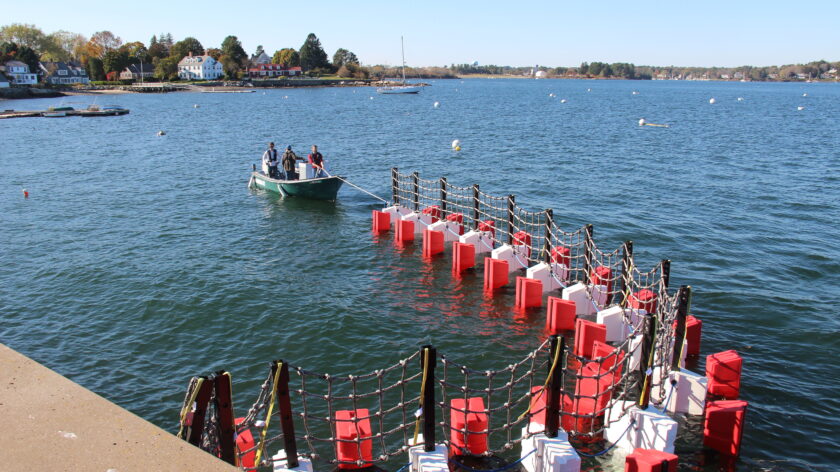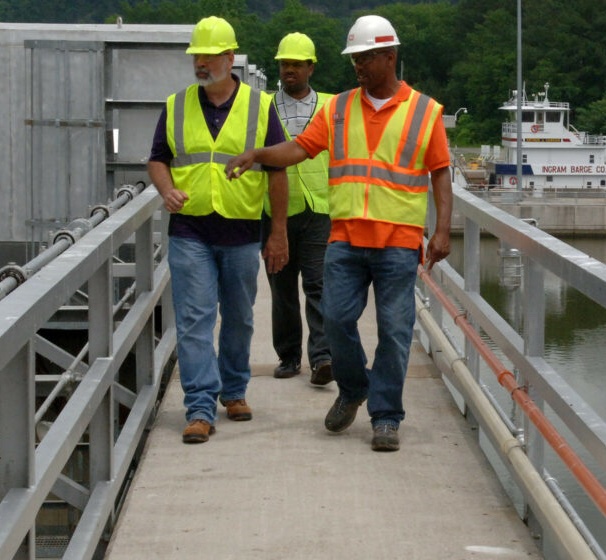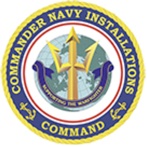Operational Flexibility Delivered
Modular Maritime Security Barrier
Get the exact level of protection your facility requires with our flexible design options.
Protecting the World’s Maritime Assets
HALO modular maritime security barriers have been deployed in a wide range of military facilities, oil and gas facilities, nuclear power plants, ports, harbors, and private facilities where maximum security and lowest life cycle costs are important. If you have a high-value facility to protect from waterside threats, the HALO modular maritime security barrier is the answer. If you have a high-value facility that needs water-borne security, your situation is unique. No two installations should be the same if you value operational performance, flexibility, and low maintenance costs for your security barrier system. Just a few of the considerations for which modules to install and how to scale the system are:- Physical layout of the barrier (water depths, currents, weather conditions, exposure to heavy seas, and nature of the shore interface)
- Nature of the threat (from sophisticated state-sponsored operations against high-value strategic targets to local lone-wolf attackers)
- Surface and or submerged threats
- High speed or large tonnage threats
- Heavy weather considerations
- Budget for acquisition, installation, operation, and maintenance of the system
- Expected operation life of the system
- Need for future growth of systems such as more sensors, underwater mini-submarine nets, or even weapons
- Operational requirements
- Station keeping and hydrodynamic stability needs
- Rapid deployment needs
- Requirement to move the barrier system to different sites for protection
Looking for heavy-duty defense barriers?
Let’s chart a course to meet your safety and security requirements.
Barrier Selector ToolIndependently Tested & Proven to Be Leading the Industry
It’s noteworthy that ONLY HALO marine security barriers have been validated in independent, fully instrumented crash testing conducted by the US Navy. Systems from other manufacturers have been tested by the manufacturers themselves or by the Navy activity purchasing the barriers, but that testing is never as rigorous as an independent test. HALO is committed to its long-term goal of having every one of its fielded barrier system modules independently tested by the US Navy or an equivalent independent testing agency.
Modules for a waterborne security barrier system might include any or all of the following:
- Gate systems for allowing vessel passage
- Automatic (remotely operated) or manual gate deployment systems
- Double wall Guardian Gate modules that generate equal stopping power across the length of the entire barrier and transfer the kinetic energy of impact into the water mass that trapped between the barrier walls.
- Unique stock or engineered anchoring, mooring systems for any depth or current situations
- Lighting, marking, and security signage requirements
- Diver or submarine nets or detection systems
- Static defense water barriers
- Dynamic defense water barriers
- Retractable waterborne barriers
- Shore power connection systems for lighting, sensors, weapons, and automated components
State-of-the-Art Water Barriers
HALO has developed and installed state-of-the art second generation water barriers in multiple locations across the globe.













